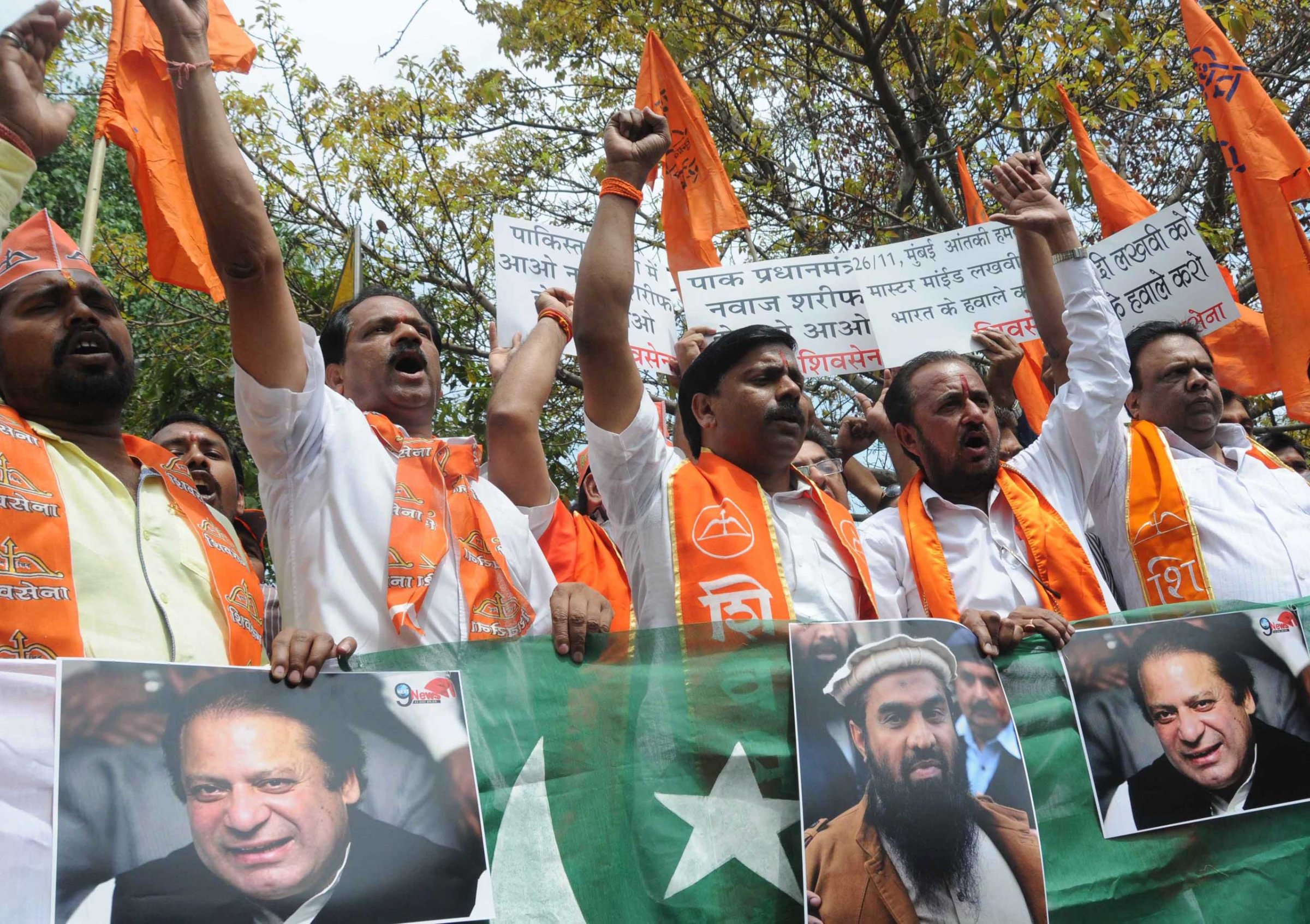
A major Indian political party called for the voting rights of Muslims to be revoked in an editorial published Sunday, a statement that was slammed across the board and left its leadership red-faced and hastily backtracking.
The editorial was published in Saamana — the mouthpiece of the right-wing Shiv Sena party — and reiterated a statement from its late founder Balasaheb Thackeray that advocated the withdrawal of Muslim people’s right to vote, the Indian Express reported.
“If Muslims are being used … to play politics, they can never develop,” the editorial reads. “Balasaheb had once said voting rights of Muslims should be withdrawn. What he said is right.”
The statement invoked the condemnation of Prime Minister Narendra Modi’s ruling Bharatiya Janata Party (BJP) as well as the opposition Congress party and several others.
“The Indian Constitution has given every citizen, irrespective of his/ her caste, community or religion, the right to vote,” said BJP spokesman Madhav Bhandari. “Those who express such views are blatantly violating the Indian Constitution. Strict action should be taken against them for such remarks.”
Senior Congress politician Anand Sharma called the editorial “unacceptable,” adding that “those behind the remarks have no place in a culture like ours.”
Neelam Gorhe, a state legislator from the Shiv Sena, sought to downplay her party’s controversial stand. “What [the Saamana editor] meant was that Muslims are being exploited for vote bank, and this will not lead to their development,” she said. “He is not suggesting that their voting rights should be taken away.”
The rights of India’s minorities have become a major issue since Modi’s Hindu nationalist BJP came to power, with several controversial statements over the past year including one by the leader of a Hindu fundamentalist organization just a day before the Shiv Sena editorial, calling for the forced sterilization of Muslims and Christians.
Later on Monday, controversial BJP lawmaker Sakshi Maharaj (who once said all Hindu women should produce four children) echoed the Shiv Sena’s viewpoint by implying that Muslims should indulge in family planning or be “stripped of their voting right”.
Read next: What India Can Teach Us About Islam and Assimilation
See The History of US—India Relations in 12 Photos
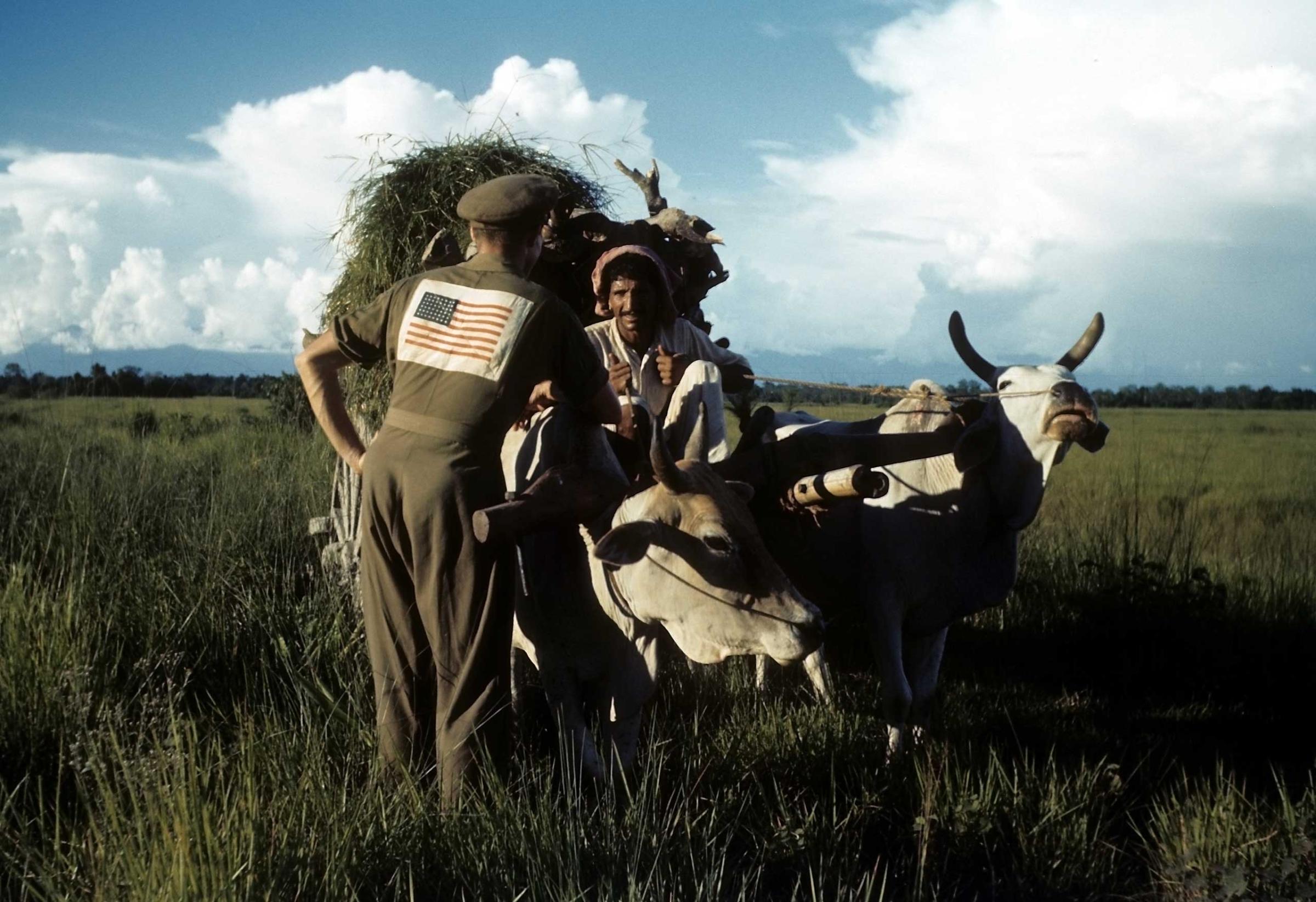
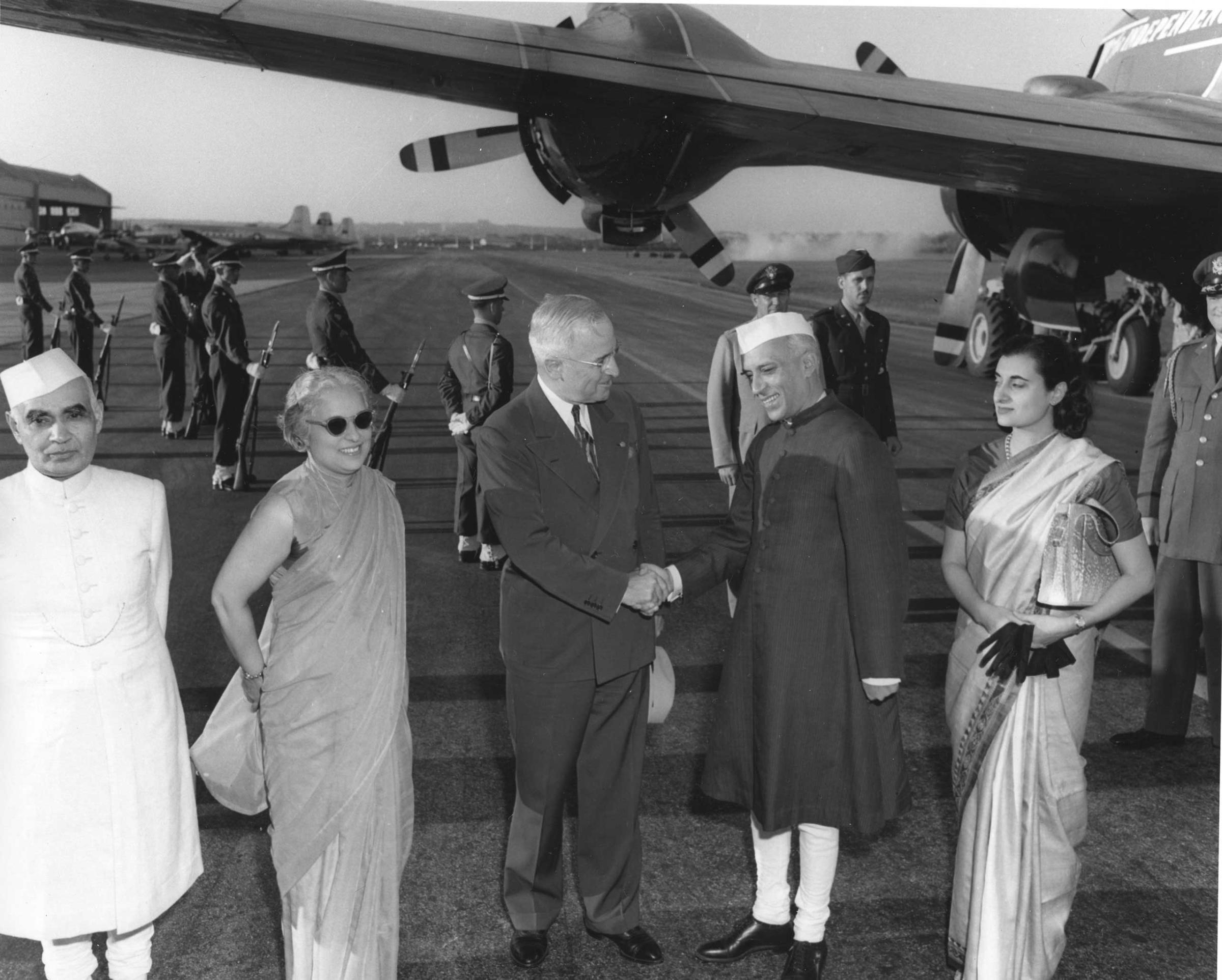
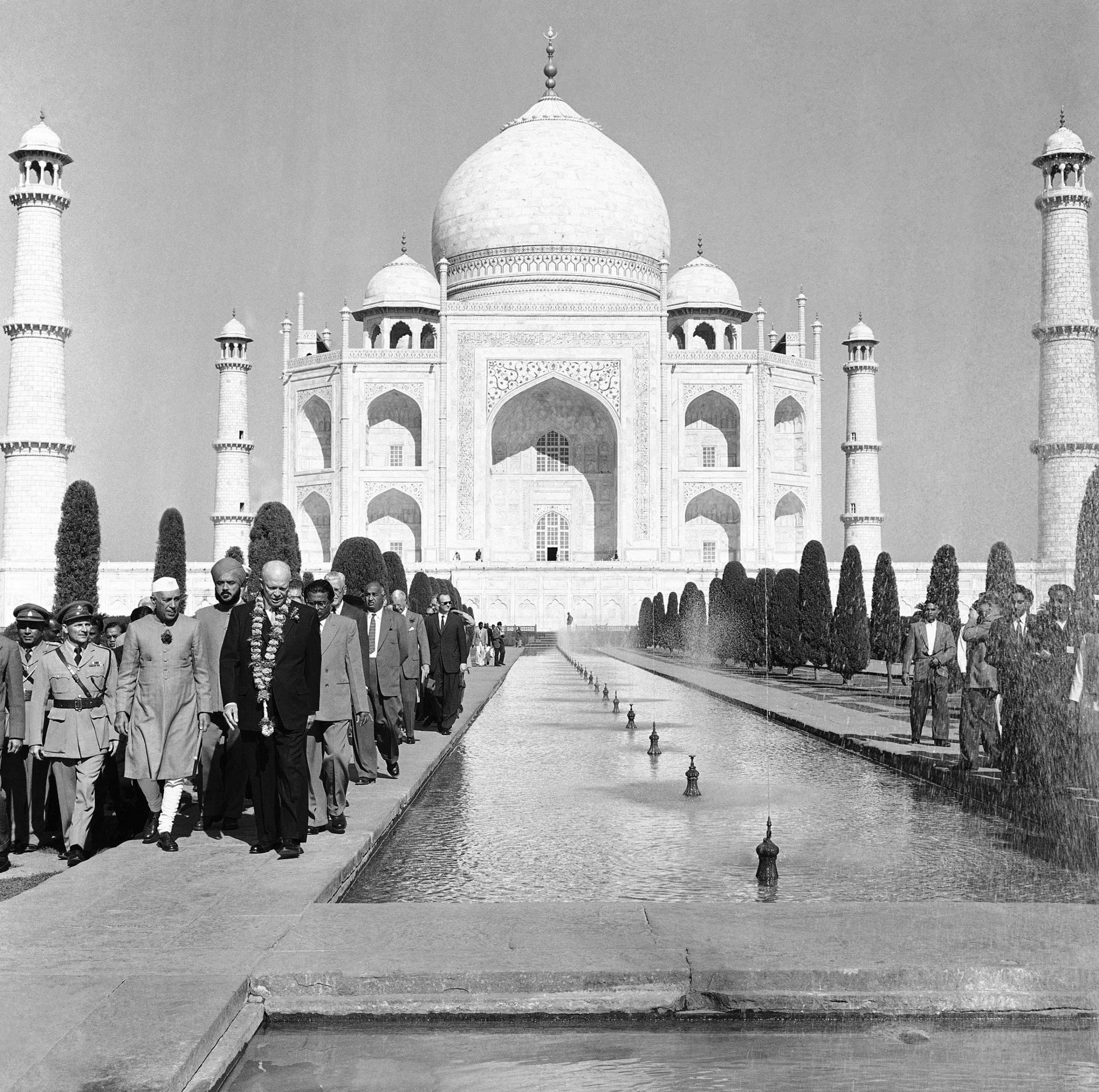
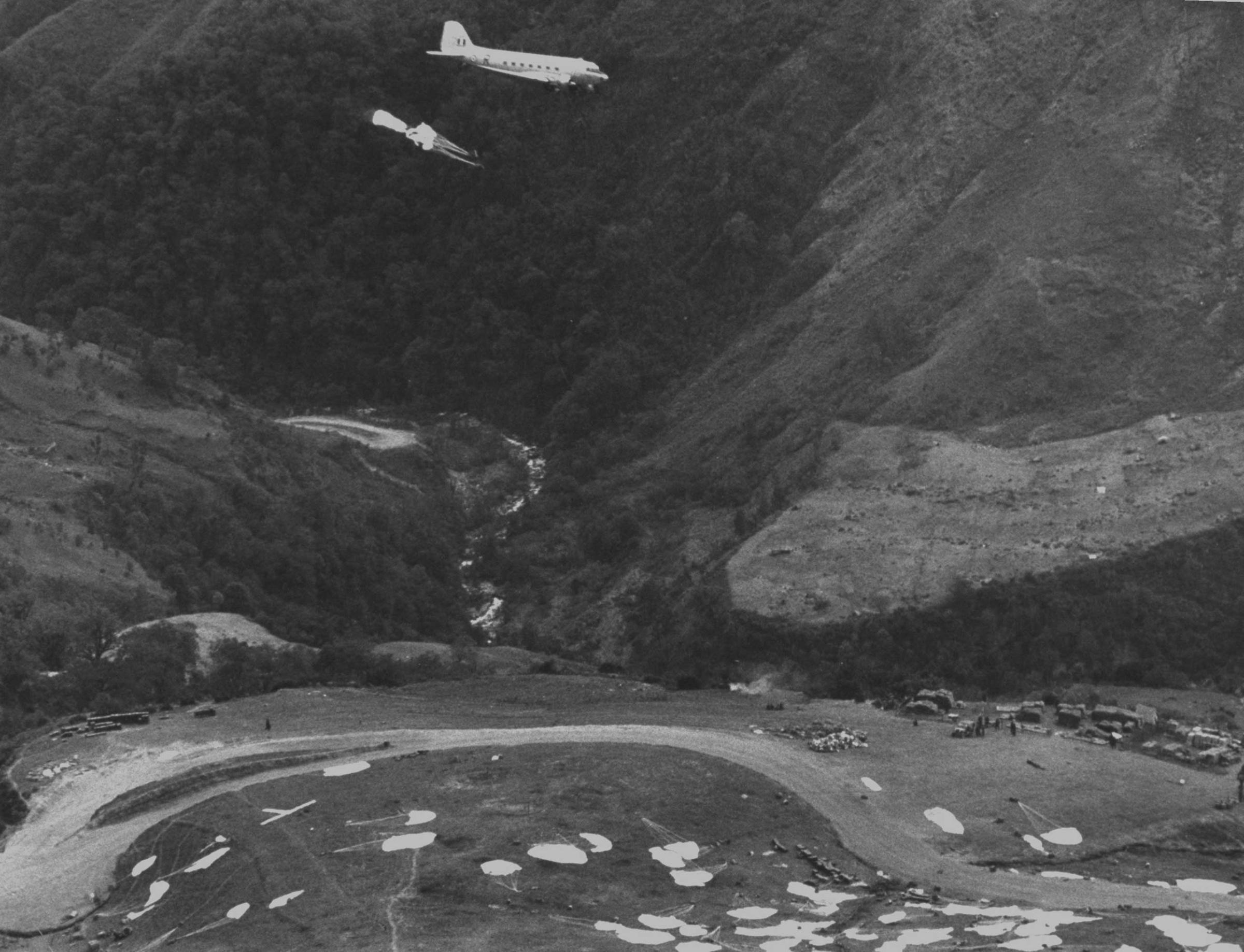
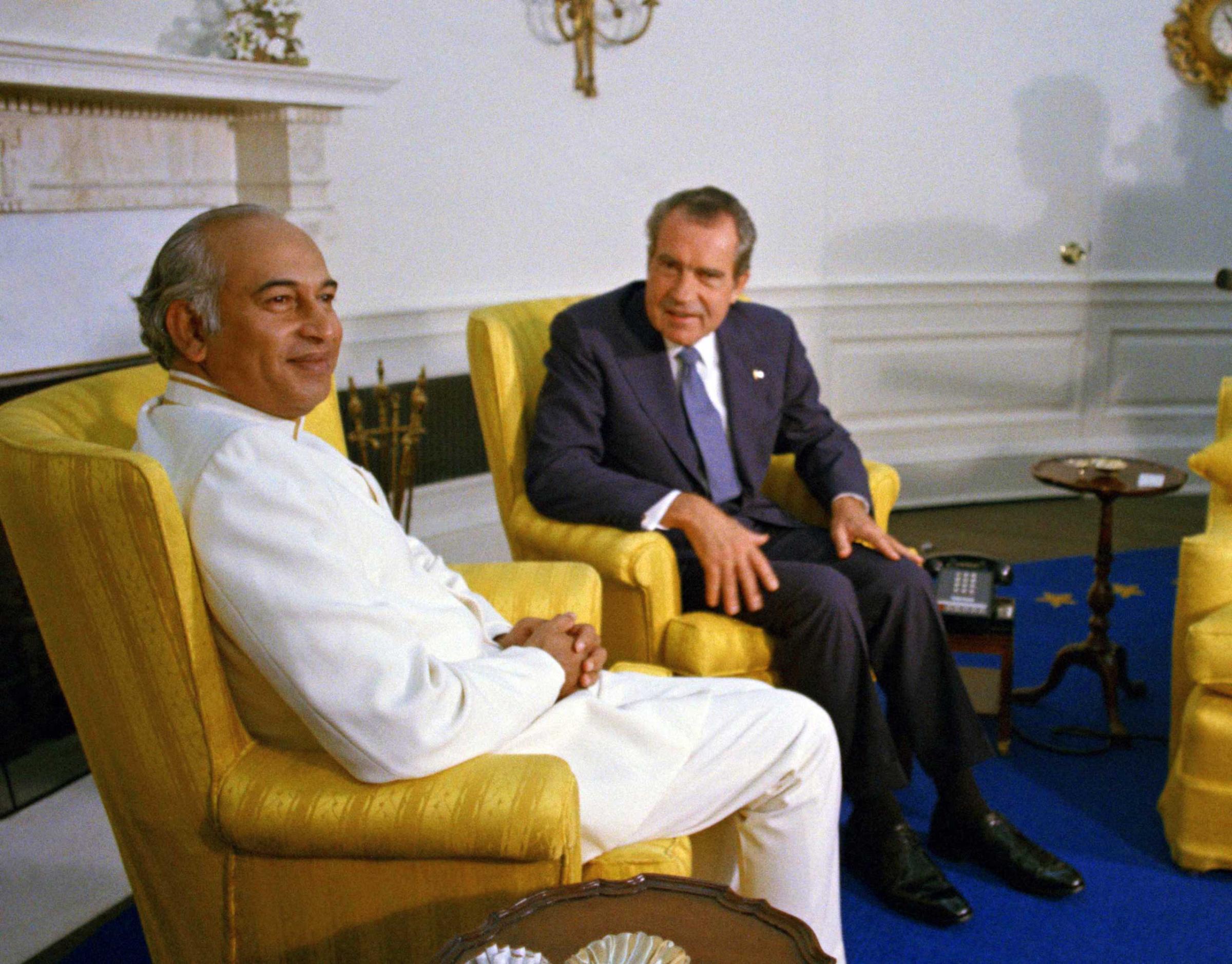
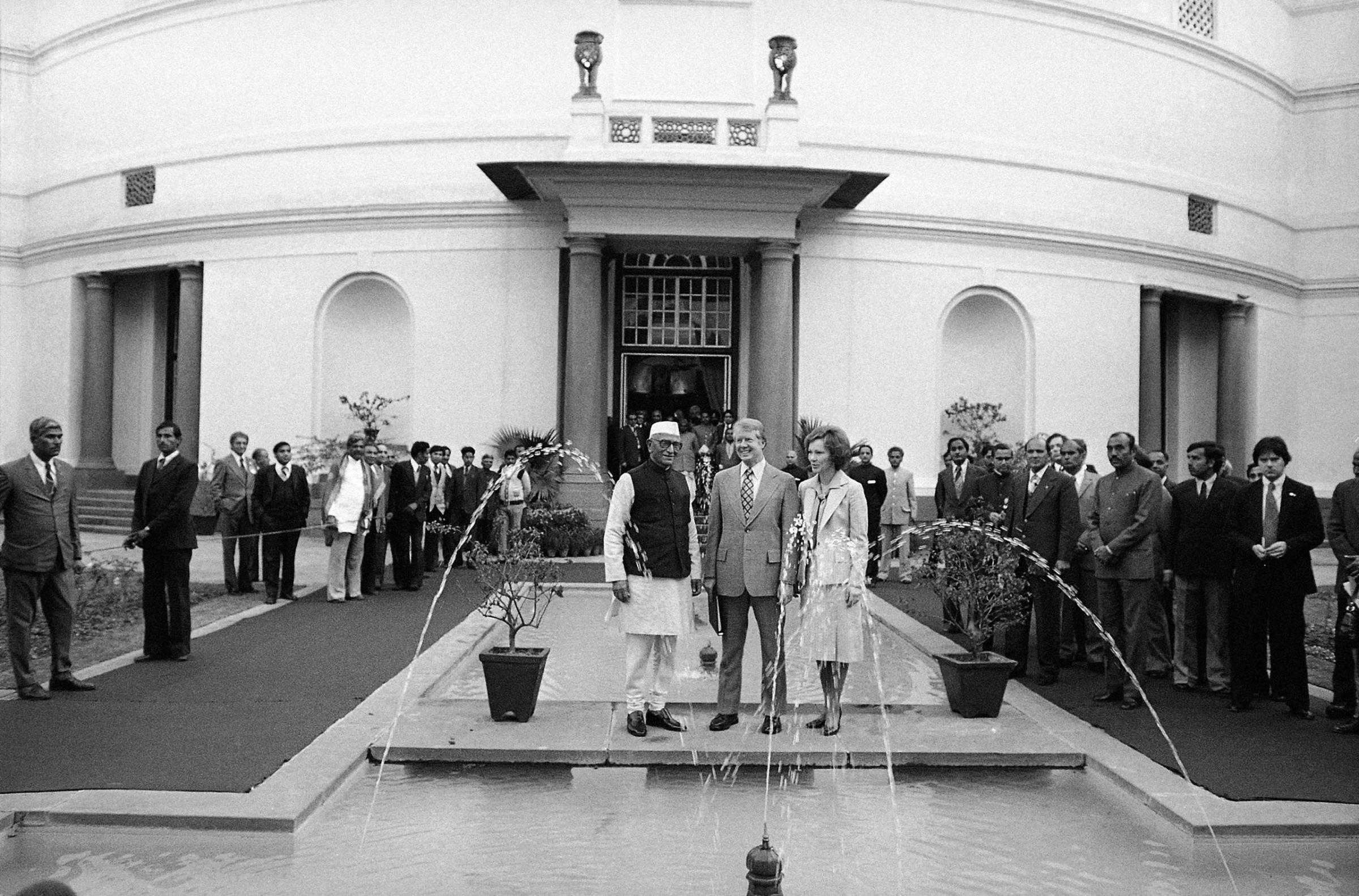
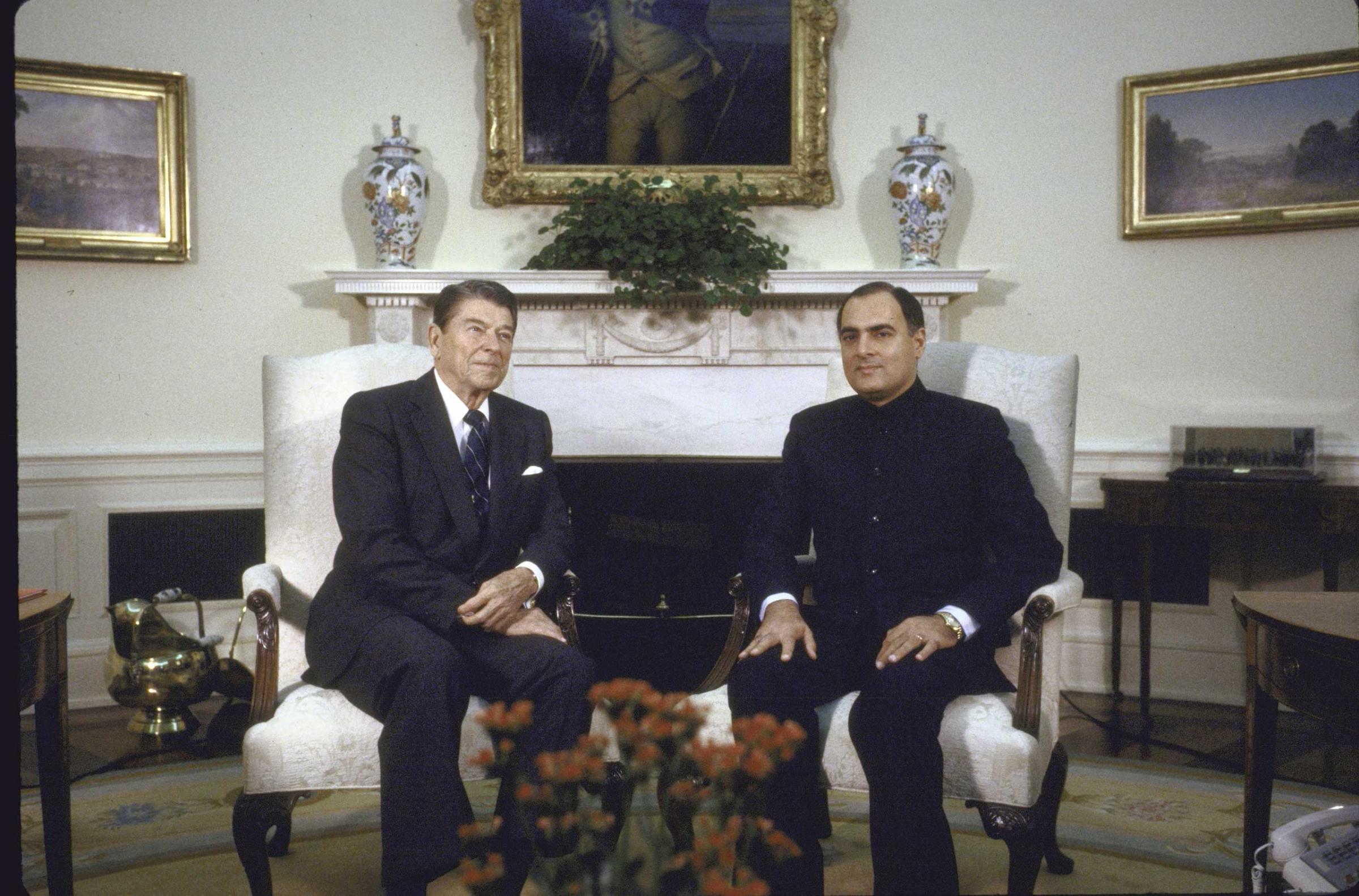

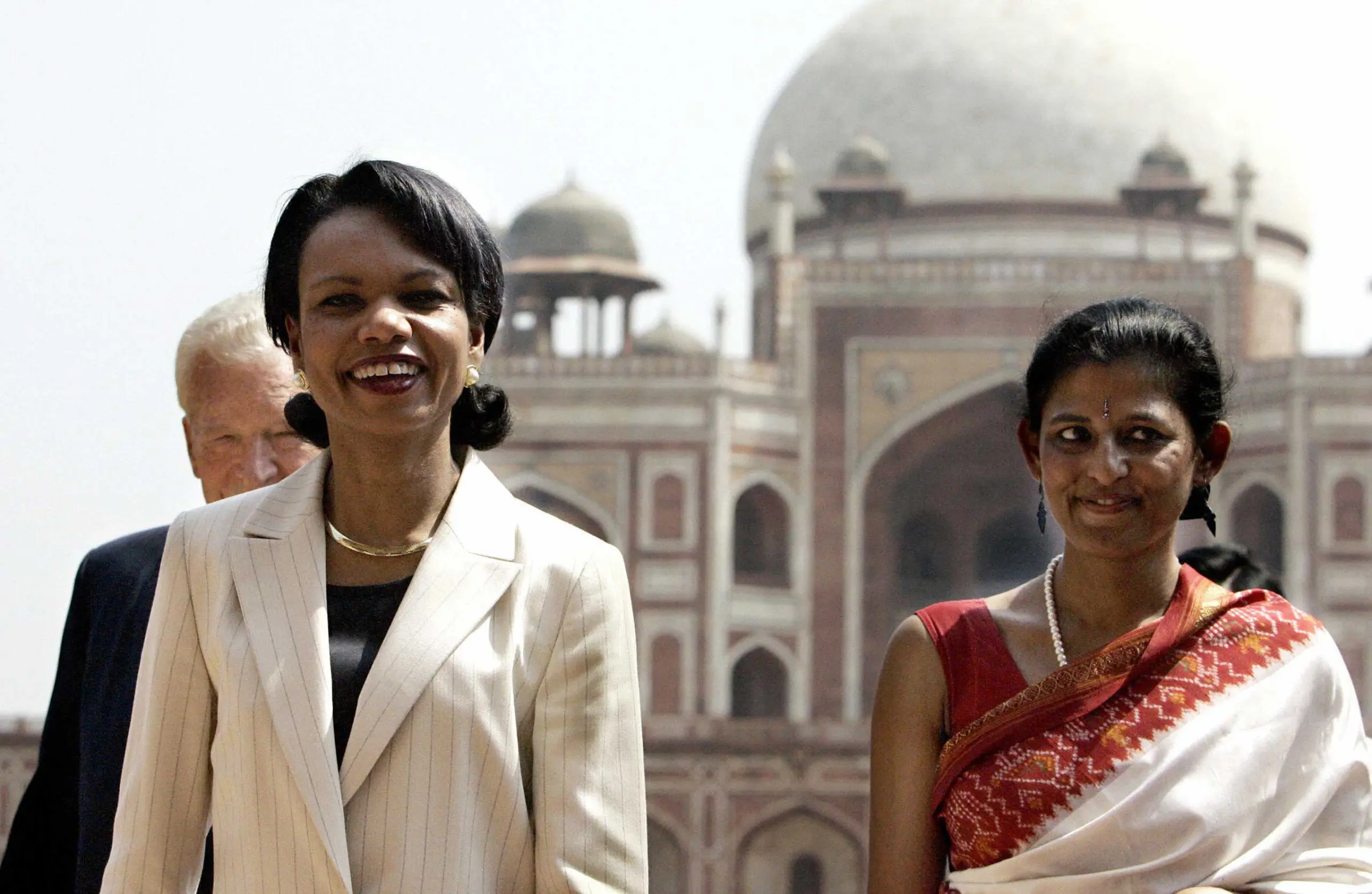
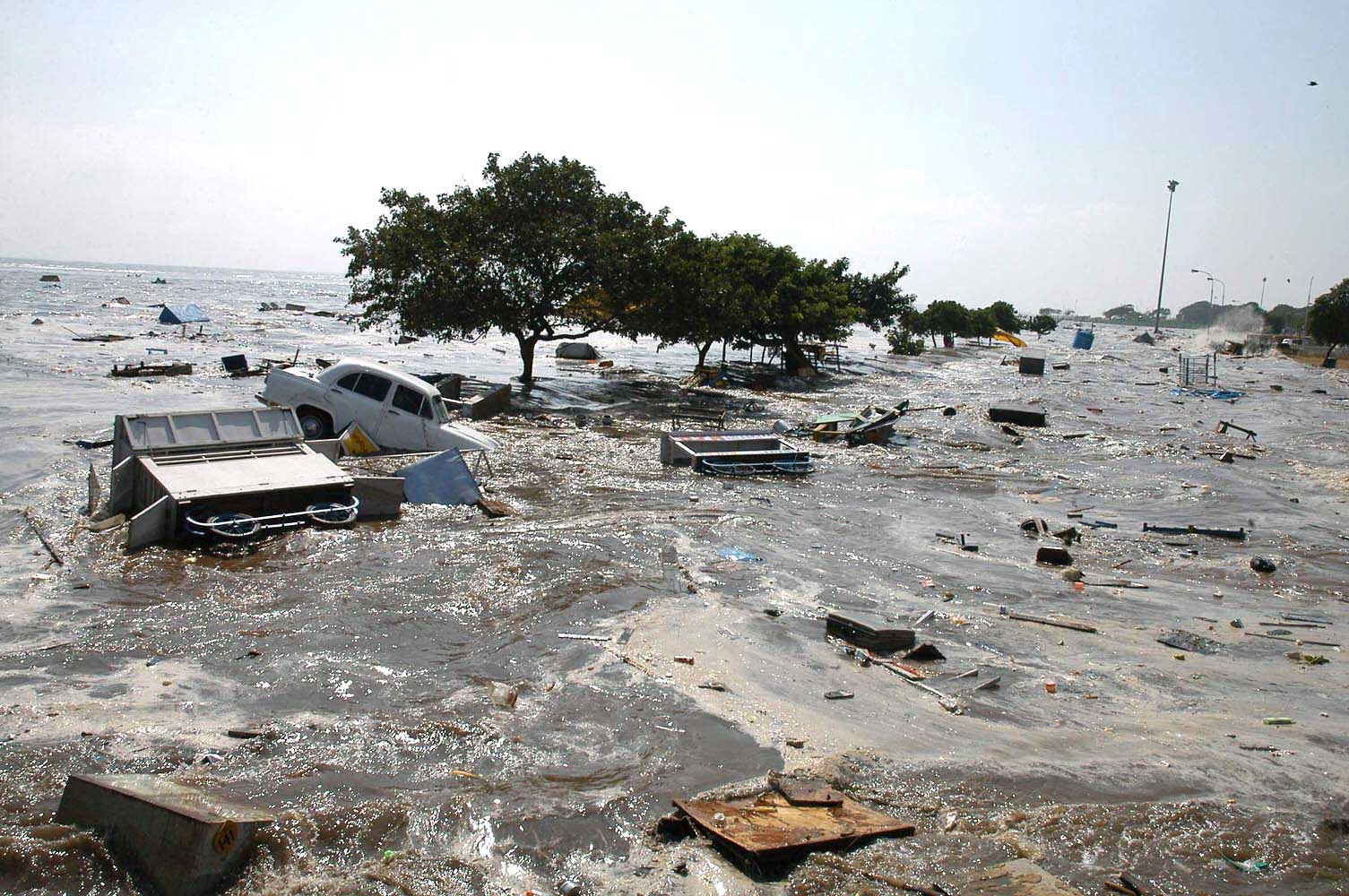
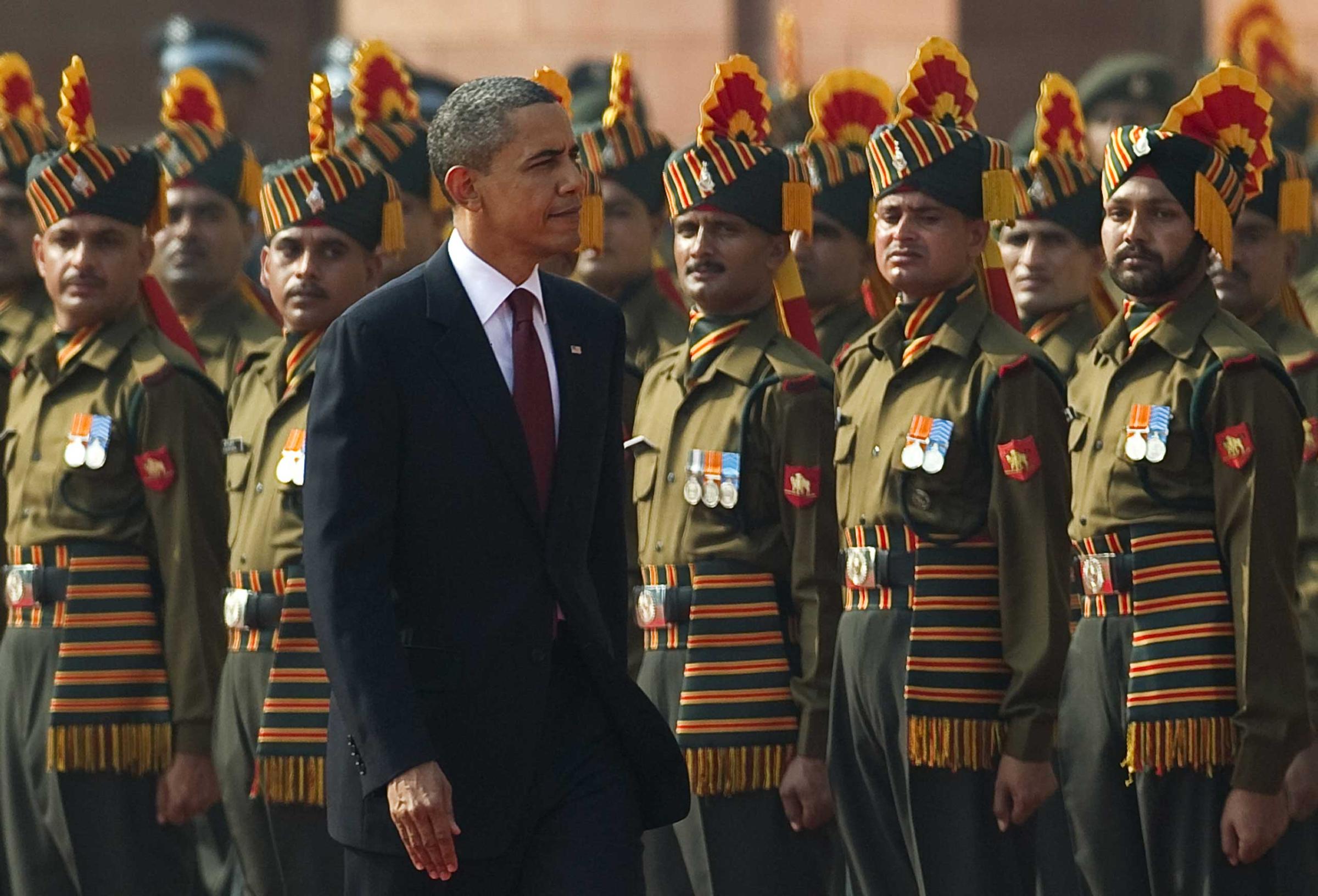
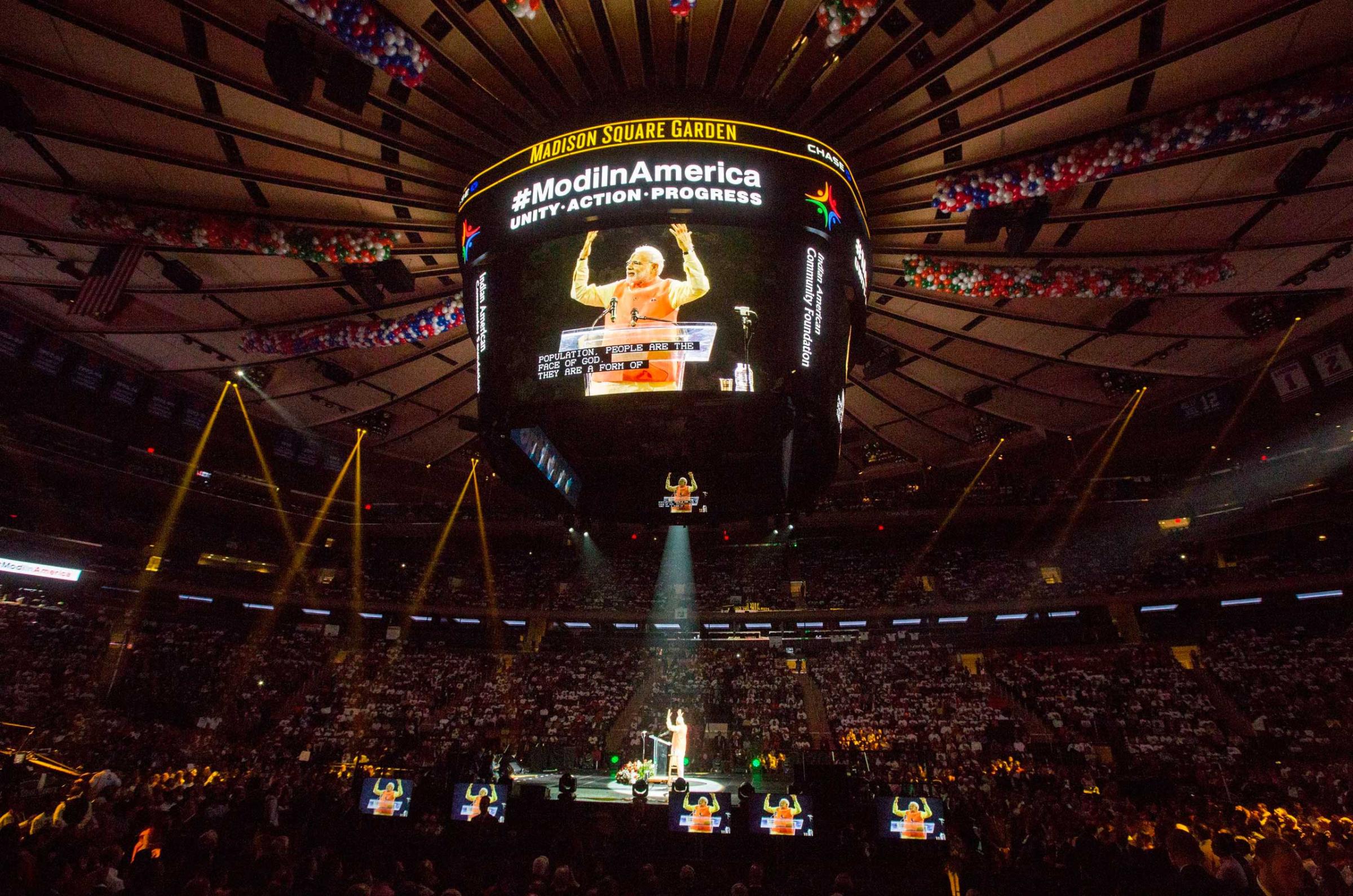
More Must-Reads from TIME
- Donald Trump Is TIME's 2024 Person of the Year
- Why We Chose Trump as Person of the Year
- Is Intermittent Fasting Good or Bad for You?
- The 100 Must-Read Books of 2024
- The 20 Best Christmas TV Episodes
- Column: If Optimism Feels Ridiculous Now, Try Hope
- The Future of Climate Action Is Trade Policy
- Merle Bombardieri Is Helping People Make the Baby Decision
Write to Rishi Iyengar at rishi.iyengar@timeasia.com